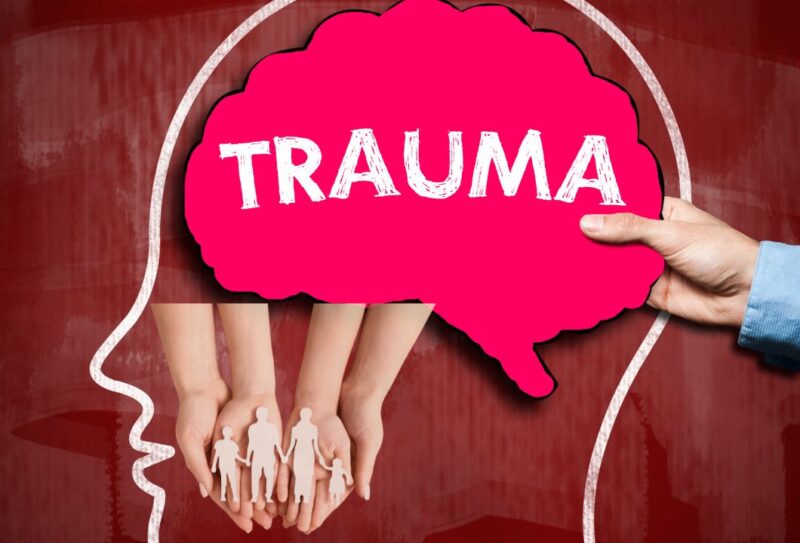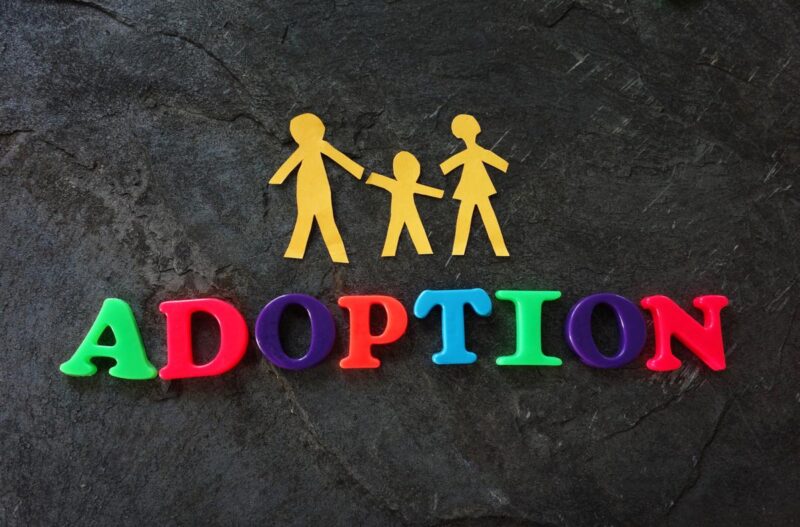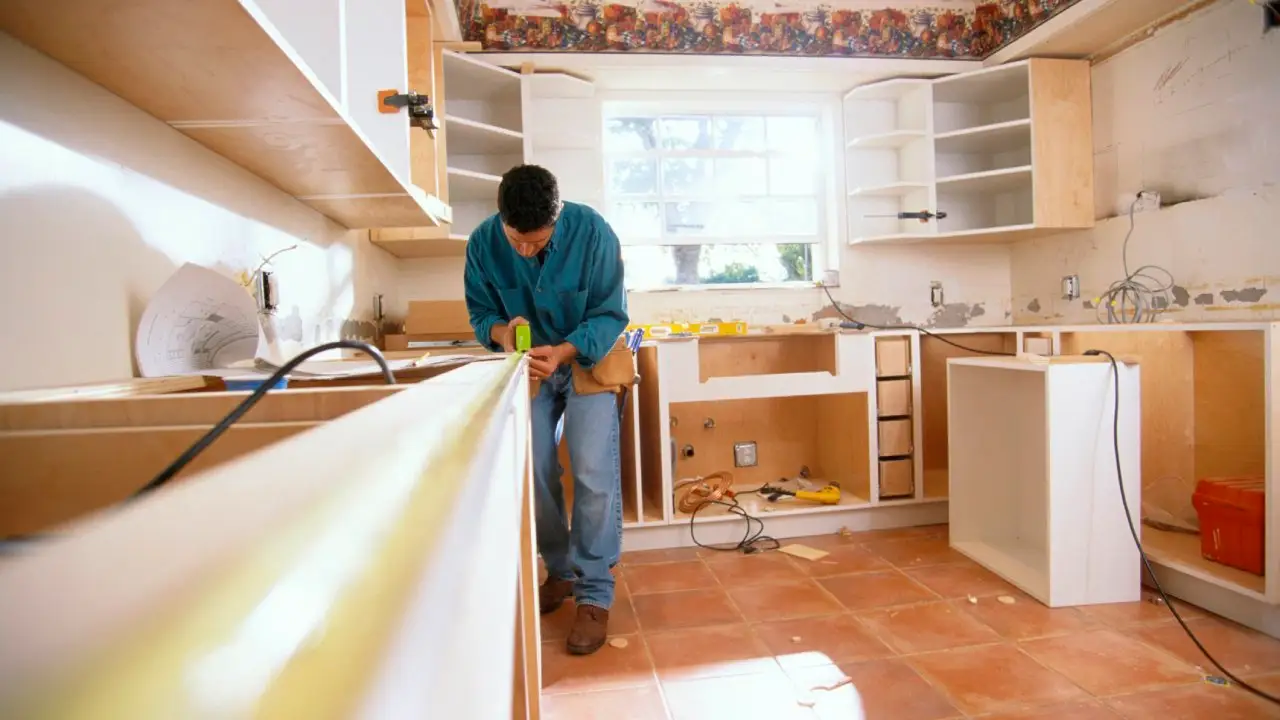Presented by BetterHelp.
In child welfare, one of the most important things a child can be provided with is permanency. Permanency is when children can reside in a permanent home in which there are stable conditions.
If a child is removed from their family of origin, then one permanency goal could be reuniting that child with their family later on, perhaps when the family’s conditions have changed. However, this is not the only option for achieving permanency.
Adoption can be another permanency option for children. Through adoption, children can be connected with permanent families, but they may also remain connected to their families of origin as well as their communities and cultures. An “open adoption” is when a child stays in touch with their biological family, and a “closed adoption” is when the adoptee does not maintain contact with their family of origin.
While adoption can be a good opportunity for children to achieve permanency in their family and home lives, it can come with some heavy emotional weight. Through this process, children may be faced with feelings like loss, grief, and uncertainty regarding their identity and sense of self.
The process of adoption lasts a lifetime, and it comes with many undeniable benefits. For some people, however, this process can come with trauma as well. Both of these valid feelings– a joy to have been welcomed into a new family and also a pain for having lost the original family– can exist alongside one another.
What is Trauma?

Generally, trauma is defined as a difficult experience that later results in disruptive feelings such as helplessness or fear. These feelings occur at a level of intensity high enough to result in a lasting effect on the functioning of those affected. Traumatic events can be a result of different conditions ranging from human behavior to events in nature. For example, respectively, trauma may be a result of someone hurting you through abuse or a result of experiencing a disaster such as a tornado.
Notably, trauma tends to stick with the person it affects for an extended period of time. Trauma often has a profound effect on how someone navigates their world, how they experience and behave in different kinds of relationships, and how or in what situations they feel safe or unsafe.
Defining Adoption Trauma
Unfortunately, adoption has the potential to be accompanied by a range of different traumatic events depending on the circumstances surrounding one’s adoption process. A few different reasons and circumstances in which someone may experience adoption trauma include:
- Being removed from the care of birth parents. The pain and disruption of being removed from their families of origin can have harsh, lasting effects on adopted children. There are a variety of reasons why a child may be removed from their family of origin, including the quality of the child’s living conditions, the ability of the birth parents to raise the child, as well as other circumstances found below.
Aside from the actual cause for removal, just the removal itself can be a traumatic event for the child. An adopted person might recognize that their removal from their original home was entirely reasonable, but at the same time, grapple with the idea that they were “unwanted” by their biological family, even if those feelings are illogical. These seemingly contradictory emotions can sometimes lead to confusion and frustration in adopted people, which can be long-lasting.
- Traumatic Home Life- Often, a child may be removed from their home because either the parents, or the environment they provided, are not fit for the child to thrive or sometimes even survive in. Sadly, many children face circumstances that no person in general, let alone a child, should endure, such as neglect, exposure to drugs, alcohol, and other dangerous substances, abuse, endangerment, and more. These situations would be traumatic to anyone but can have an especially negative impact on children.
- Transracial adoption- Children who are adopted transracially, transethnically, or transculturally may struggle to connect with their original cultures. Further, they may experience difficulty in social interactions surrounding their ethnicity, culture, race, and other aspects of their background. For example, they might feel that they don’t entirely fit in with their culture of origin, but that they also don’t entirely fit in or feel accepted in their adopted culture either.
This area can be dependent upon how their adoptive parents choose to teach them about and socialize them around their culture. That said, even if someone’s adoptive parents make an effort to educate their child and include them in their original culture, that child still can experience these feelings, and they are still valid in those feelings.
- Separation from siblings- Separation of siblings in adoption can result in further trauma during the process. It has been found that sibling separation has a positive association with placement instability. That is, children separated from their siblings are more likely to face placement instability. Thus, the added trauma of being separated from siblings is compounded by the other traumas of adoption, such as being removed from the care of children’s parents, and losing old routines, friends, and habits.
How Therapy Can Help

Therapy can be an essential part of helping adopted children navigate and heal from the potentially lifelong traumas of adoption. Seeking therapy through BetterHelp for adopted people and adoptive families can be a healing and overall life-changing experience for those dealing with adoption trauma. There are a lot of different therapies and practices that can benefit people seeking to understand the effects of adoption. Some include:
- Trauma-informed adoption strategies- Understanding how trauma comes to exist in the adoption process is an important part of mitigating it. Creating and implementing an adoption process informed by the trauma experienced by adopted persons helps to ensure that future adoptees can avoid or better cope with some of the more painful parts of adoption.
- Familial and parenting strategies for adoptive families- The parenting style with which an adopted child is raised can play a heavily impactful role in how and if that child experiences adoption trauma. Providing a child with an understanding and experience of their cultural identity, fostering community, and practicing healthy attachments can help a family and their child safeguard and nurture their mental health through the lifelong adoption process.
- Counseling for adopted persons and adoptive families- Sometimes, despite attempts to mitigate it, one may still face trauma. Having the resources to talk about, learn to cope with, and understand their trauma can make a difference in how children grow to navigate their lives despite their trauma. Further, counseling can allow children to express their grievances and more complex feelings in a safe, healthy environment.








